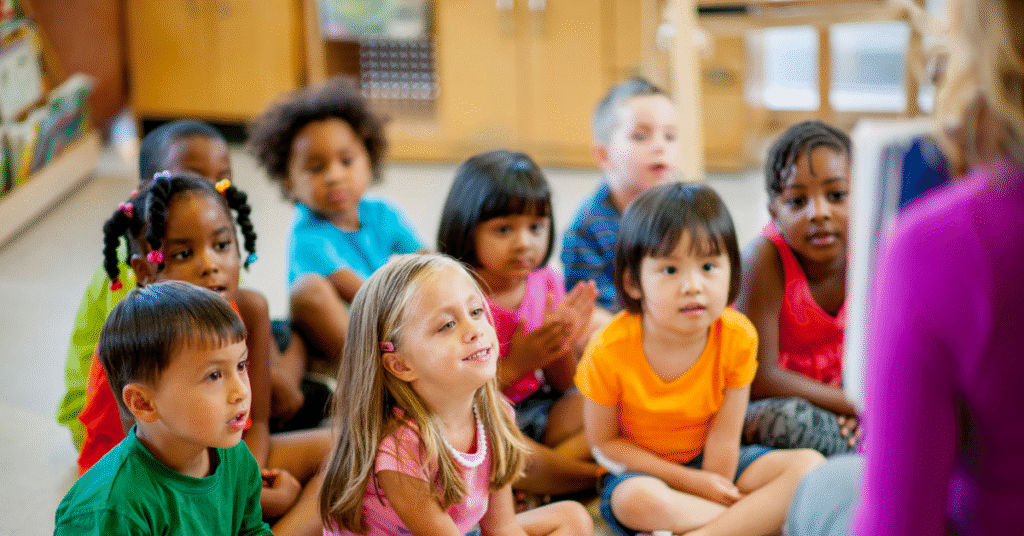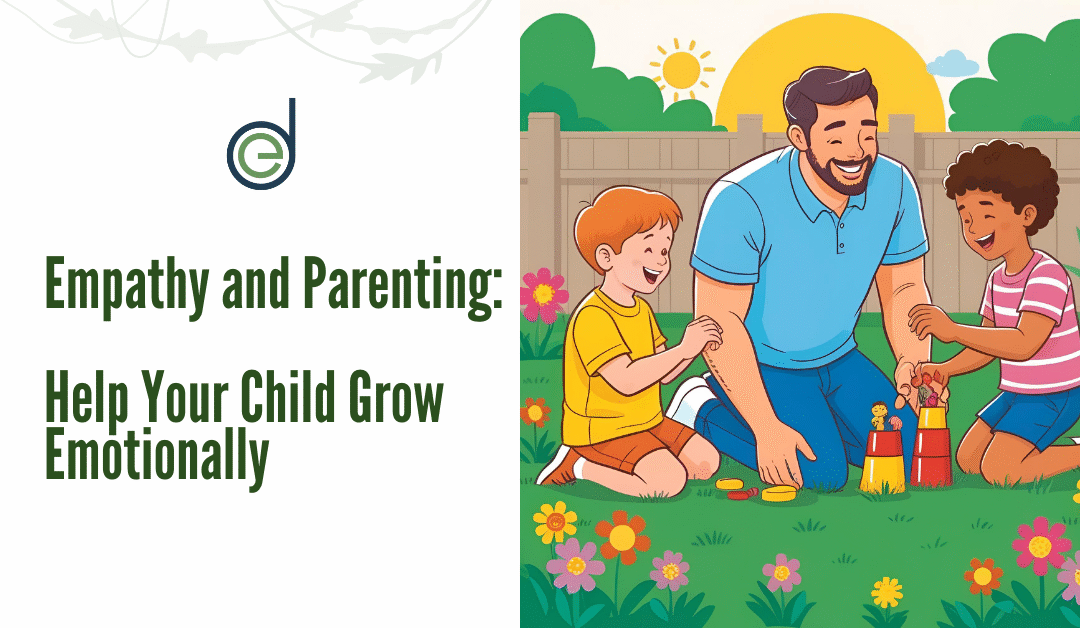Introduction: Why Empathy Matters More Than Ever
When my 7-year-old son came home from school upset that a friend didn’t share a toy, I asked him one question:
“How do you think your friend felt?” He paused, shrugged, and then said, “Maybe he was scared I’d break it.” That moment opened a door.
Empathy isn’t just about being nice. It’s about understanding feelings, especially feelings that aren’t your own. In a world that’s increasingly fast-paced and screen-driven, teaching kids empathy may feel like a tough job. But it’s one of the most valuable lessons we can pass on as parents.
Empathy helps children build deeper friendships, reduce conflict, and grow into compassionate adults. The good news? You don’t need a psychology degree to teach it. You just need a few intentional tools, from listening and storytelling to creative platforms like Scratch.
Let’s explore six practical ways to build empathy in your child’s daily life.
1. Start With Listening

Empathy begins with listening, not just hearing, but understanding.
When kids learn to pause and listen to someone else’s feelings, they begin to consider different perspectives. As parents, you can model this by listening to your child with genuine curiosity.
Instead of rushing to fix things, ask open-ended questions:
- “How did that make you feel?”
- “What do you think your friend felt when you said that?”
This encourages emotional awareness and helps children recognise feelings in others, which is the foundation of empathy. Even better, make this a daily check-in, like a bedtime reflection or a ride-home-from-school ritual.
2. Use Storytelling to Spark Empathy

Stories are like emotional mirrors. They allow kids to step into someone else’s shoes and see the world through their eyes.
Whether you’re reading about a lonely lion, a generous squirrel, or even telling a personal story from your childhood, stories help kids connect with characters on an emotional level.
After a story, ask:
- “What would you do if you were that character?”
- “Why do you think they made that choice?”
These questions guide your child to think deeply and develop emotional reasoning. Choose books that highlight kindness, diversity, resilience, and fairness — themes that naturally open the door to empathy.
3. Encourage Role Play and Imaginative Play

Imaginative play is more than just fun, it’s emotional training.
When kids pretend to be doctors, teachers, superheroes, or even animals, they’re exploring different roles and learning to see life from another point of view. This kind of play naturally builds empathy.
Here’s an idea: create a simple game at home where your child plays a “Feelings Detective.” One person acts out a feeling without words (like sadness, frustration, excitement), and the other guesses it and explains what might have caused it.
Through this, kids not only learn to recognise emotions, but also respond thoughtfully.
4. Teach Empathy Through Scratch

Let’s talk tech, the good kind. Scratch is a kid-friendly coding platform that allows children to build interactive stories, games, and animations. What’s special about it? It blends logic with creativity, and it’s a brilliant way to teach empathy.
Have your child create a short animation about a character helping someone in need. Maybe a rabbit shares its food with a hungry hedgehog. Or a robot apologises after hurting another robot’s feelings.
By designing characters and building these digital stories, kids learn to think about feelings, consequences, and kindness, all through their lens.
This is where empathy, kids, and Scratch form the perfect trio!
5. Model Empathy in Everyday Moments

Children don’t learn empathy just from lessons. They learn it by watching us.
If you speak kindly to the cashier, comfort a neighbour who lost a pet, or apologise when you make a mistake, your child is paying attention. They notice how you respond when someone else is in pain or when you disagree with someone.
When something emotional happens, even on the news or in your community, use it as a conversation starter.
Say things like:
- “I wonder how she’s feeling right now.”
- “Let’s send them a kind message.”
These little moments build big emotional habits.
6. Make Empathy a Family Value

Lastly, embed empathy into your family culture. Have regular “kindness check-ins” where each person shares one kind thing they did that day, or someone did for them. Celebrate not just achievements, but acts of care.
You could even start a “Family Kindness Jar.” Each time someone shows empathy, write it down and drop it in the jar. At the end of the week, read them out loud together.
It reinforces that kindness is not just appreciated, it’s noticed and remembered.
Conclusion: The Empathy Ripple Starts With You
Empathy doesn’t happen overnight. But with consistent guidance, thoughtful conversation, and a few creative tools, including tech like Scratch, your child can learn to walk through the world with curiosity, compassion, and confidence.
And in doing so, they’ll not only understand other people better, they’ll understand themselves, too.
So the next time your child faces a tough moment with a friend, try this:
Pause. Ask, “How do you think they felt?” And watch that small spark of empathy grow.
Ready to start?
Explore empathy-themed projects on Scratch, grab a great storybook, or just ask your child about their day, then listen, really listen. Because the greatest lessons aren’t always taught. They’re modelled, shared, and lived, one moment at a time.




